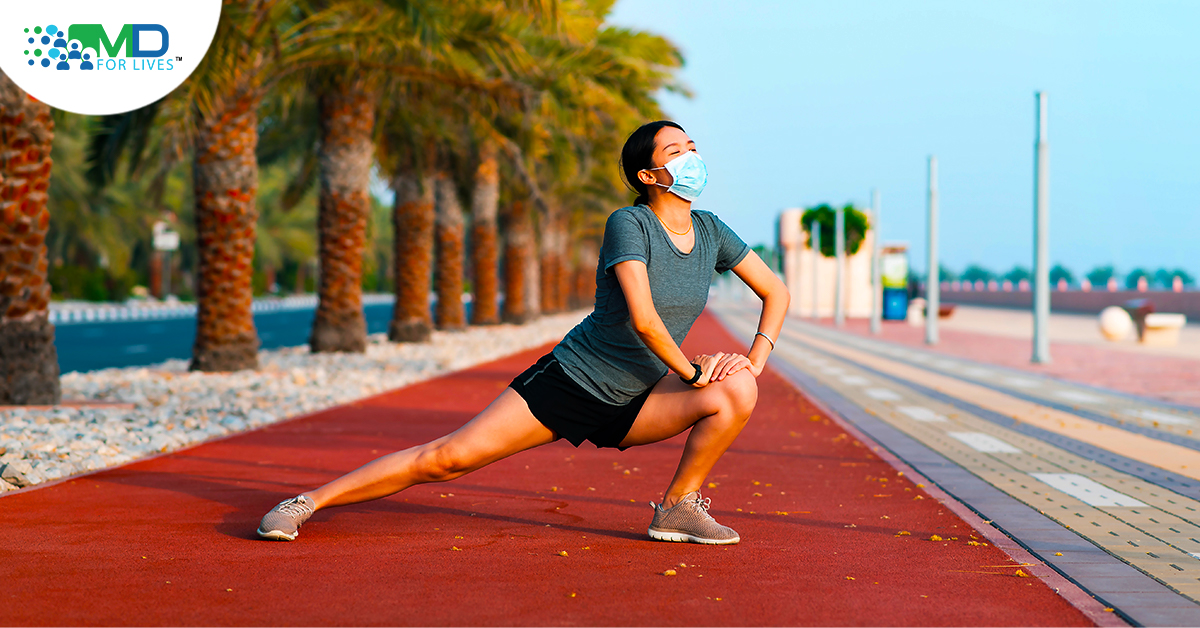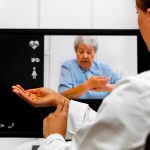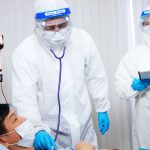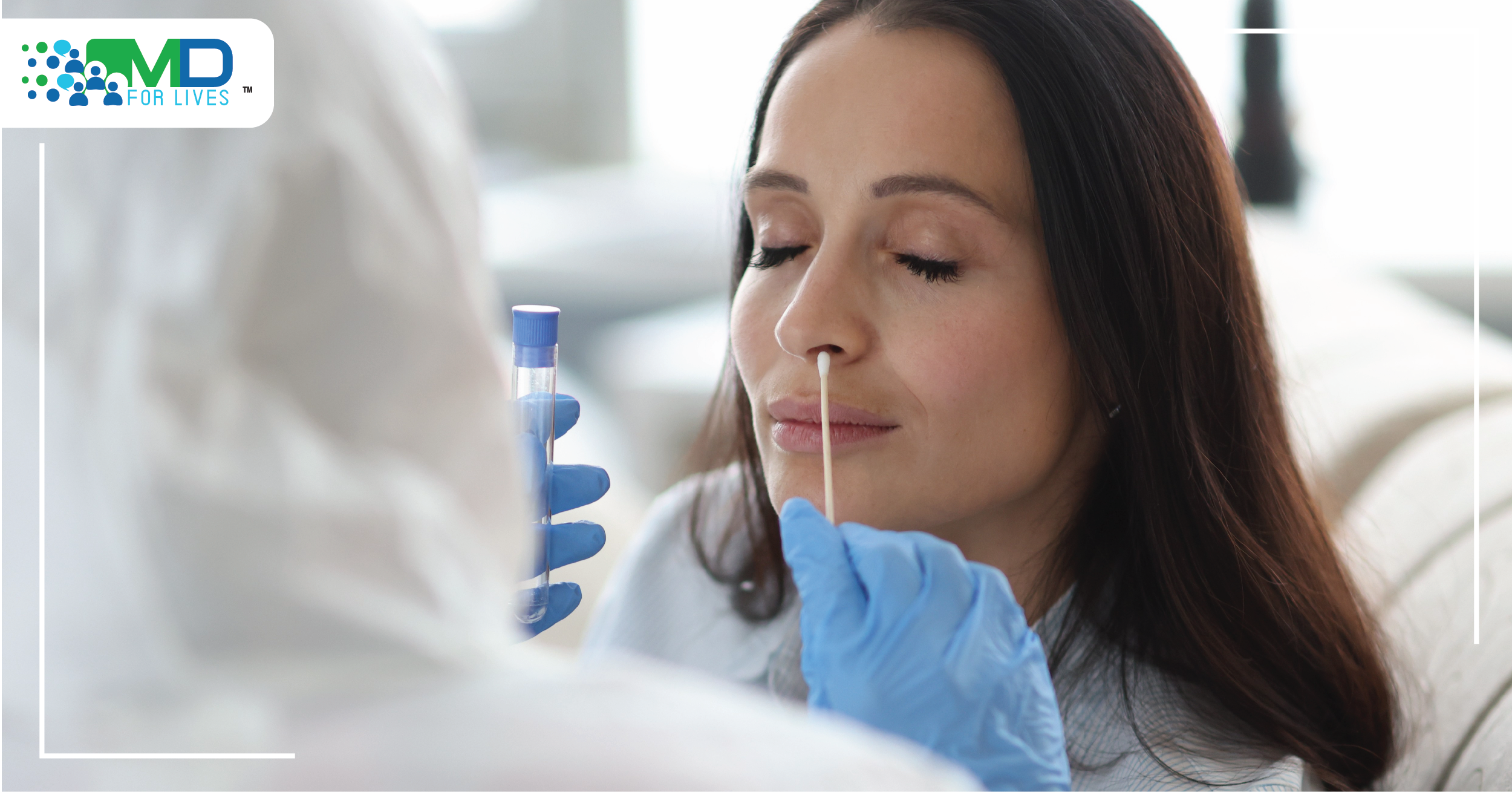COVID-19 is known for its adverse pulmonary effect for those affected. However, studies have shown that this disease can also affect cardiovascular health. Therefore, people recuperating from the coronavirus may have a hard time returning to their life before getting infected.
Physical health recovery is crucial for some patients recovering from COVID-19 because it affects their quality of life. To regain one’s strength, exercise is an effective tool for an individual to return to their normal state.
CLASSIFYING PATIENTS & EXERCISE ROUTINES
Just like how recovery from the coronavirus varies from one person to another, so do their exercise routines. Recovery by patients who were only afflicted mildly differ from individuals who are classified as “severe” in such a way that the former has an overall better condition.
An article was published by JAMA Network entitled “A Game Plan for the Resumption of Sport and Exercise After Coronavirus Disease 2019 (COVID-19) Infection”. It presents some guidelines specifically for athletes affected by the virus in return for them to work out. However, these rules may apply to active people of the general population as well.
Positive cases are classified into three: asymptomatic, mild, and severe. For asymptomatic, a doctor needs to provide clearance after two weeks of required rest. Once declared as fit, patients can follow a gradual program facilitated by a team of professionals.
Mild cases are mandated to rest for two weeks until there is no manifestation of any symptom as confirmed and approved by a physician. Then, it is recommended that the patient rests for another 14 days before undergoing a cardiovascular test for final clearance to exercise. Severe cases, on the other hand, have almost the same parameters except that they need admission to the hospital for further treatment of the disease during recovery.
FACTORS FOR DESIGNING AN EXERCISE PROGRAM
In regaining their physical well-being, there are certain aspects that need considerations before entering an exercise regime. Here are some of the most important ones:
- Intensity – this involves the level of difficulty for an individual. The rate of perceived exertion or RPE is used to measure how hard or how easy it is.
- Type of exercises- this refers to what kind of activities demanded by the needs of the person. For every session, a proper warm-up, conditioning, and cooldown are vital.
- Frequency – talks about how many sessions are done per week and accounted for per session as well as the time. The American Lung Association recommends two to three times per week for 30 to 45 minutes per session.
- Time – refers to the duration of rest and work during the exercise.
- Volume – this talks about the total amount done in a workout session.
- Medication – it is the doctor’s duty to instruct the person regarding the dosage and time of taking the medicines needed for recovery.
GETTING BACK TO SHAPE
Gradual exercise helps in regaining one’s health by building their energy levels and thus increasing the strength of the respiratory and cardiovascular system. When training the latter, the oxygen consumption of a person enhances, therefore raising the maximum oxygen uptake or what is called VO2max.
Patients recovering from a pulmonary disease must proceed with caution because an improper pace of training may cause overexertion to the body. That is why proper periodisation done by a professional trainer is needed to avoid fatigue in the individual. Communication with the doctor and trainer is vital to ensure the overall safety of the person based on their body’s physiological needs.
Engaging more into activities of daily living or ADL’s are also encouraged in building one’s respiratory health. By doing more tasks at home, the individual adapts more and moves using up more oxygen that needs to be delivered all throughout the body. Taking short breaks in between to stretch and stand helps to take part in adjusting and strengthening one’s physique. Keeping the patient more active in the duration of the day will enhance their respiratory system and regain the strength they had before getting the disease.
At the end of it all, the patient must still understand their own body and its needs. RPE is an essential tool to check every now and then if there is a need to progress or regress. Frequency must be followed, and consistent follow-up consultations are crucial to see the status of an individual’s health.
Recovery from the coronavirus still lacks evidence since further studies are needed. Data from all age groups affected by the disease lacks quantity; therefore, guidelines are not yet concrete in terms of returning to an individual’s health prior to getting infected by the virus. It is only a matter of time before a vaccine is created so that safer studies may fully comprehend the importance of exercise in recovering from COVID-19.








2 Comments
Respiratory Care Week | October 20 - 26, 2020 | MDforLives
5 years ago[…] brought to focus on the importance of protecting the health and maintaining the wellness of the respiratory system, which is indeed vital for one’s overall […]
Respiratory Care Week | October 2020 - MDForLives
4 years ago[…] brought to focus on the importance of protecting the health and maintaining the wellness of the respiratory system, which is indeed vital for one’s overall […]